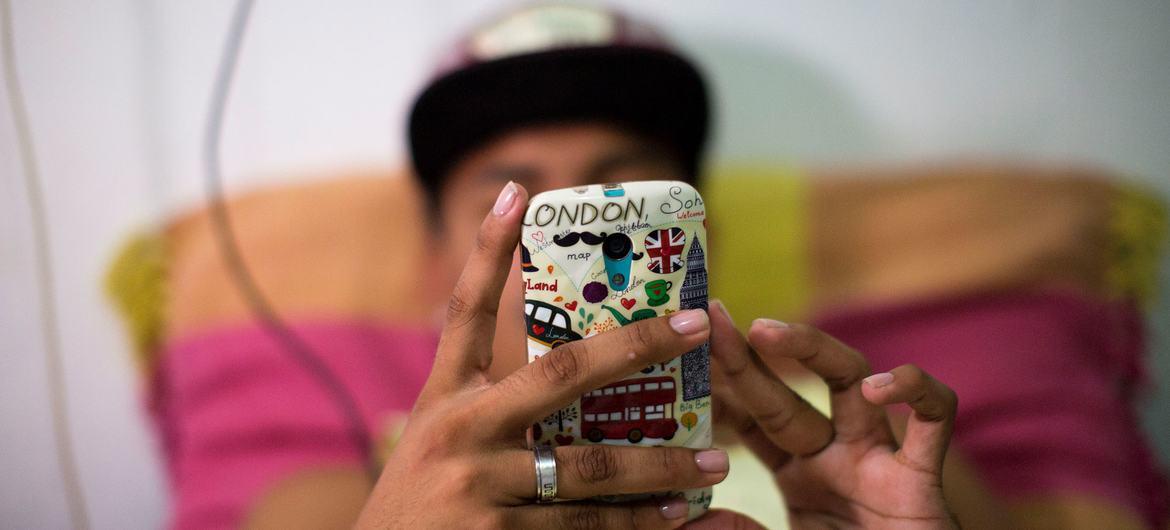As the world marked the International Day of the Girl Child on Friday,October 11th, 2024 a town hall held at UN Headquarters provided an opportunity for young women activists to engage directly with policymakers and offer recommendations on what they need to fully realise their rights.
The President of the Economic and Social Council (ECOSCOC), Bob Rae hosted the meeting. “The importance of insisting on completely equal rights of women and young girls is an official commitment of the United Nations, but it is also a personal commitment for which we must wage a combat,” he stated.
Mr. Rae urged the young audience to “be the voice” to create change in the world. “You have to speak. You have to take a stand. You have to take an interest. You have to challenge sexism and hatred and discrimination, wherever and however you find it,” he said.
This year’s theme, “Girls’ Vision for the Future”, highlights the urgent need for action fueled by the voices of girls across the globe.
Recent setbacks
“The potential of the world’s more than 1.1 billion girls is limitless,” Mr. Guterres said in his message to mark the Day.
“But as we creep closer to the 2030 deadline for the Sustainable Development Goals (SDGs), the world continues to fail girls.”
Today’s generation of girls is disproportionately affected by global crises of climate, conflict and poverty which threaten their lives, restrict their choices, and limit their futures. Additionally, progress towards SDG 5 on gender equality is at risk.
Education and child marriage
Globally, 119.3 million girls remain out of school, and 39 per cent of young women fail to complete upper-secondary education, according to UN Women. The UN educational and cultural agency UNESCO shared at the beginning of this month that the global cost of this learning gap could reach $10 trillion by 2030.
Meanwhile, child marriage remains a crucial issue. A girl born today will be 68 years old before child marriage is eradicated. In 2024, 4.7 million babies were born to mothers under the age of 18 and of these, some 340,000 were born to girls under the age of 15, according to the UN Department of Economic and Social Affairs (DESA).
Digital divide and technological risks
With over 90 per cent of jobs having a digital component, one billion girls and women lack the necessary skills to fully participate in the job market. Closing the gender digital divide and addressing the risks girls face online are critical to ensuring their full participation in education, the economy, and civic life. “Girls must feel safe both online and offline,” activist Beatriz Fino Morfogen expressed.
The Global Digital Compact and the Pact for the Future provide a unique chance to break down barriers in science, technology, and innovation while ensuring that gender equality is embedded in digital strategies.

Girls’ agency
“Girls already have a vision of a world where they can thrive. What they need now is for their voices to be heard and their ambitions supported,” said Mr. Guterres.
In March 2025, the UN Commission on the Status of Women will assess the progress made in implementing the Beijing Declaration and Platform for Action, a milestone agreement for gender equality, adopted nearly 30 years ago.
“The courage, hope and determination of girls are a force to be reckoned with. It is time for the world to step up and help transform their vision and aspirations into reality,” the UN chief concluded.


